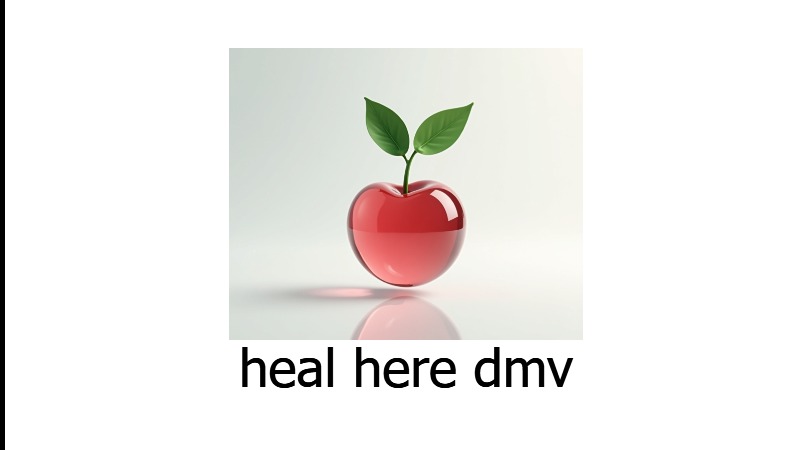
Unlock Daily Wisdom with the 2026 Tiny Buddha Calendar
As the new year approaches, many of us are reflecting on our personal growth and the paths we wish to take. That’s why the 2026 Tiny Buddha Day-to-Day Calendar is making waves among wellness enthusiasts.
What makes this calendar special? It’s not just about keeping track of days; it offers inspiration for every day of the year. Each tear-off page is filled with uplifting reflections and quotes from Lori Deschene, the founder of Tiny Buddha, and fellow contributors who lend their wisdom to lift our spirits and encourage deeper thought.
The Art of Mindfulness in a Busy World
This calendar is not just functional; it serves as a gentle reminder to take a moment for oneself. With themes such as mindfulness, love, change, and self-care, it aligns perfectly with the modern quest for wellness. Many users have praised it for transforming their mornings, citing how reading a daily quote helps them start their day on a reflective note.
Imagine enjoying your morning coffee while pondering a thought-provoking quote. The calendar's vibrant designs and eco-friendly materials further enhance the experience, ensuring that each day brings a splash of color and inspiration into your routine.
Hear What Users Are Grateful For
The love for the Tiny Buddha Calendar is evident in numerous reviews. Users describe it as an essential part of their day, with one saying, "Every day, this calendar makes me stop and think. My perspective is calmed and improved..." The community’s feedback emphasizes not only the aesthetic appeal but also the emotional support it provides.
Others mentioned how they gift these calendars to family and friends, highlighting their role in fostering connections through shared wisdom. This collective gratitude reveals how essential it is to have moments of reflection in our fast-paced lives.
Enhancing Mental Wellness with Daily Reflections
With mental health becoming a focal point in today’s society, daily reflections are a tool many are turning to for support. Quotes and affirmations can guide us through our struggles, prompting introspection and mindfulness. The Tiny Buddha Calendar goes beyond being just a product; it’s a catalyst for mental wellness, inviting users to pause and reflect daily.
The psychological benefits of such practices are well-documented. From reducing stress to enhancing overall emotional resilience, taking a few moments each day to meditate on positive affirmations can contribute greatly to our wellness profiles. As we purchase the 2026 calendar, we are investing not just in a tool for time management but in our mental well-being.
A New Year, A New Perspective
As we prepare to welcome 2026, consider how integrating daily wisdom can manifest positive change in your life. It is a time for resolutions, but perhaps it’s also a time for reframing how we view our daily lives.
Purchasing the Tiny Buddha Calendar could be the first step in nurturing a more mindful approach to the upcoming year. By providing daily quotes that encourage introspection, this calendar serves as both a personal guide and a reminder to embrace the present moment.
Join the Tiny Buddha Community Today!
With thousands of satisfied customers vowing to make this calendar part of their daily rituals, now is the perfect time to commit to a year of mindfulness and positivity. Let’s carry the spirit of Tiny Buddha into 2026, focusing on personal growth, community, and emotional well-being.
Whether you’re in search of a daily affirmation to inspire you, or a thoughtful gift for loved ones, the 2026 Tiny Buddha Day-to-Day Calendar is here to provide daily joy and encouragement. Grab your copy today and step into the new year with a heart full of hope!
Explore More Insights!
For further inspiration, consider Lori Deschene’s other works, such as Tiny Buddha’s Gratitude Journal and Worry Journal. Engage in activities that promote self-care beyond the calendar, such as practicing mindfulness, engaging in community initiatives, or simply taking a moment each day to nurture your mental health.
 Add Row
Add Row  Add
Add 



Write A Comment